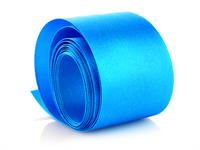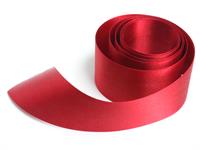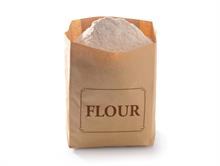UPSKILL MATH PLUS
Learn Mathematics through our AI based learning portal with the support of our Academic Experts!
Learn more1. Nandhini bought 3 \ m \ 40 \ cm of blue colour ribbon and 4 \ m \ 50 \ cm of red colour ribbon. What was the total length of the ribbon bought by her?
 |  |
Solution:
Length of blue colour ribbon = 3 \ m \ 40 \ cm
Length of red colour ribbon = 4 \ m \ 50 \ cm
To find the total length, we need to add two quantities.
Total length of the ribbon = Length of blue colour ribbon + Length of red colour ribbon
Therefore, the total length of the ribbon bought by Nandhini was 7 \ m \ 90 \ cm.
2. Roshini bought 4 \ m \ 20 \ cm of blue colour ribbon and 2 \ m \ 50 \ cm of red colour ribbon. What was the difference between the length of two colour ribbons?
 |  |
Solution:
Length of blue colour ribbon = 4 \ m \ 20 \ cm
Length of red colour ribbon = 2 \ m \ 50 \ cm
To find the difference between the length of ribbons, we need to subtract two quantities.
Difference between the length of the ribbons = Length of blue colour ribbon - Length of red colour ribbon
Therefore, the difference between the length of two ribbons was 1 \ m \ 70 \ cm.
3. A glass can hold 300 \ ml of juice. How much litres of juice will be there in 6 glasses?

Solution:
Quantity of juice a glass can hold = 300 \ ml
Quantity of juices in 6 glasses = 300 \ ml \times 6
Quantity of juices in 6 glasses = 1800 \ ml
We need to find the how much litres of juice can be held in 6 glasses, so convert ml to l.
1000 \ ml = 1 \ l
1 \ ml = l
1800 \ ml = = 1.8 l
Therefore, 6 glasses can hold 1.8 litres of juice.
4. 5 kg of flour to be packed in a small packets, each packet can hold 250 \ g of flour. How many packets are required to fill 5 \ kg of flour?

Solution:
Total quantity of flour = 5 \ kg
Quantity of flour each packet can hold = 250 \ g
Both numbers should be in the same units to do fundamental operations.
So, let us first convert kg to g, to find the number of packets.
1 \ kg = 1000 \ g
5 \ kg = 5 \times 1000 = 5000 \ g
Number of packets required = \frac{\text{Total quantity of flour}}{\text{Quantity of flour each packet can hold}}
=
= 20
Therefore, 20 packets are required to pack 5 \ kg of flour.
Important!
When we write measurement with different units:
The left side should be a higher unit
The right side should be a lower unit
Example: 5 \ m \ 15 \ cm
Here, m is a higher unit and cm is a lower unit.